
Accessibility in Higher Education
Our accessibility series explores ways of making teaching in the digital domain more accessible to individuals with sensory impairments.
What we did:
Script
Production
Character Design
Animation
Video
Comics
Multiple media formats
The accessibility series consists of
four fully animated concept videos on digital accessibility
one fully animated introduction to neurodiversity
two live-action videos about key accessibility concepts
seven one-pager comics introducing solutions for digital accessibility
The animated series aimes to raise awareness and sensitize educators to accessibility in the digital domain. The series conveys basic accessibility concepts, with practical tips for creating accessible teaching materials. This series is part of ETH's e-accessibility campaign.
The live-action videos integrate motion design elements and address two key concepts of accessibility: Universal Design for Learning and making visuals accessible. These videos are a collaboration between ETH, UZH and ZHAW.
So, while each format has its own focus and approach, they are all part of the same project and share a common goal of promoting accessibility and inclusivity in academic teaching.
Introduction to Neurodiversity
This video explores neurodiversity's benefits and challenges in academia, offering insight into understanding and supporting neurodivergent students. This video is a collaboration between ETH, UZH and ZHAW.
The comics convey short tipps and tricks for making teaching and learning materials more accessible in the daily life of academic teaching.
The animated series
The animated series tackles some essential questions of digital accessibility. While the first one introduces the necessity and overall benefits of accessibility in higher education, the others tackle key points regarding flexible output, visual content and semantics.
For this series, we wanted to develop a relatable character, to create a sense of familiarity and understanding, allowing us to communicate the important issues surrounding accessibility in a more effective manner. This is how the "Companion" was born - the character plays the main role in this series.
It’s a sensitive and imaginative 2D animated figure that guides viewers through the complex content of the series. The character conveys the basic concepts of the topic, illustrates related problems, and explores approaches to solving them. Additionally, the unique look of the companion helps to ensure that our depiction of these issues is neither stereotypical nor exclusive in any way, further enhancing our message of inclusivity and accessibility.
Overall, the visual style of the video is minimalistic and abstract, with a focus on simple geometric shapes, bold lines, and a limited color palette.
Towards Accessibility
in Higher Education
This video emphasizes the importance of inclusive education for university students. It highlights challenges faced by students with disabilities, advocates for accessible learning materials, and underscores the broader benefits of creating an inclusive academic environment. It features expert statements from:
Dame Sarah Springman, former rector of ETH
Dr. Shadi Abou-Zahra, former W3C 2003-2021.
Prof. Dr. Michael Hudson, Michigan State University
Prof. Dr. Jackie Leach Scully, UNSW Sydney
Flexible Output
This video sheds light on the challenges faced by individuals with visual impairments in a visually-oriented world. It emphasizes the importance of adaptable digital content, such as responsive design, to cater to diverse needs. Offering a student the ability to adjust digital content is what we call enabling “Flexible Output”. Enabling flexible output in education benefits not only those with disabilities but potentially a broader population, fostering inclusive learning environments. It is a central part of the requirements for accessibility of digital content.
Visual Content
Science education is often very visual. Diagrams, charts, statistics, images, videos - it’s about making any visually presented information also available as text. But how? This video addresses diverse learning preferences and the challenge of making education accessible. It emphasizes the need for varied teaching methods to cater to different minds. The importance of providing alternative text for visual content is highlighted, ensuring inclusivity for those with visual impairments and enhancing machine readability.
Stills
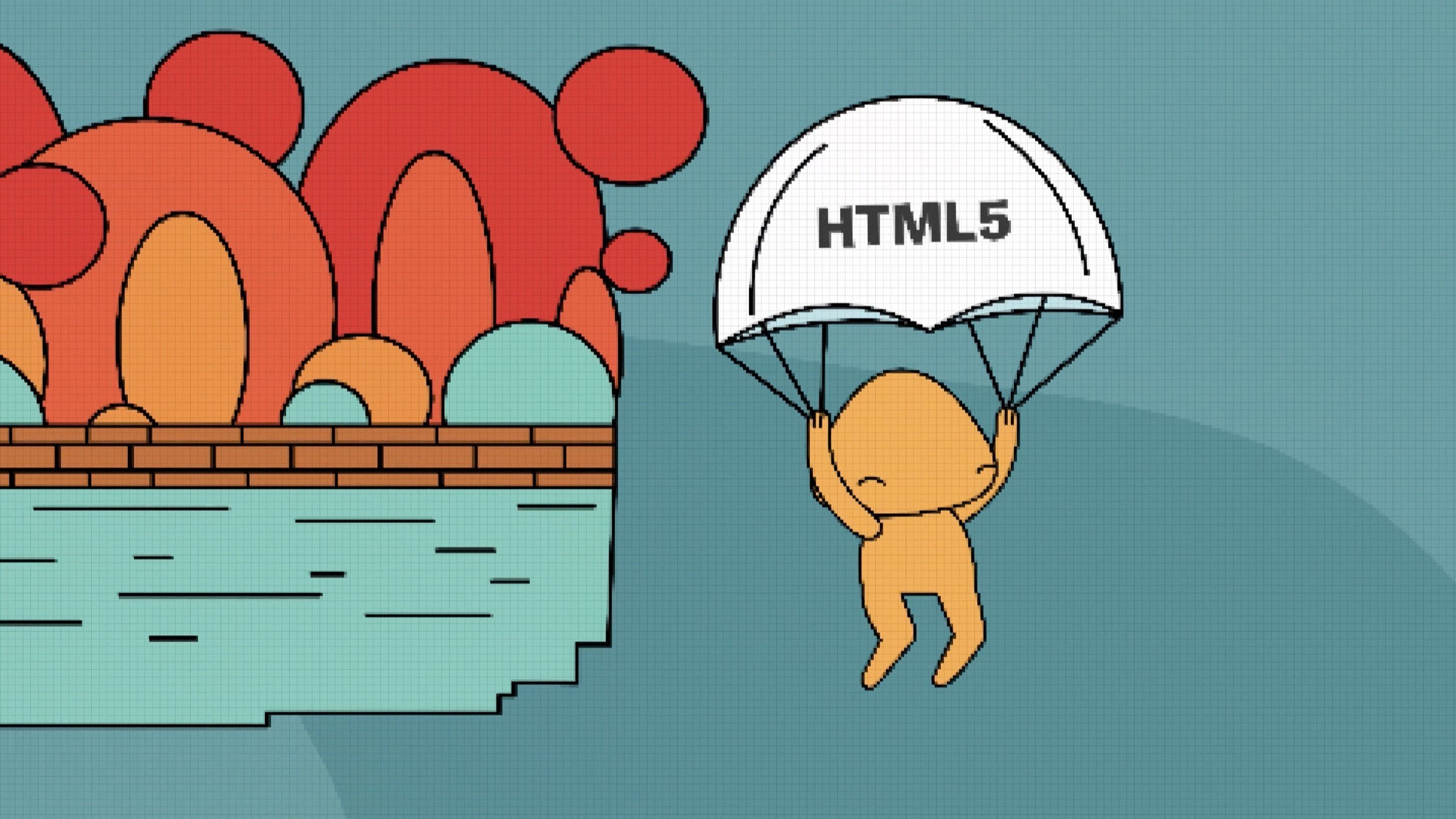
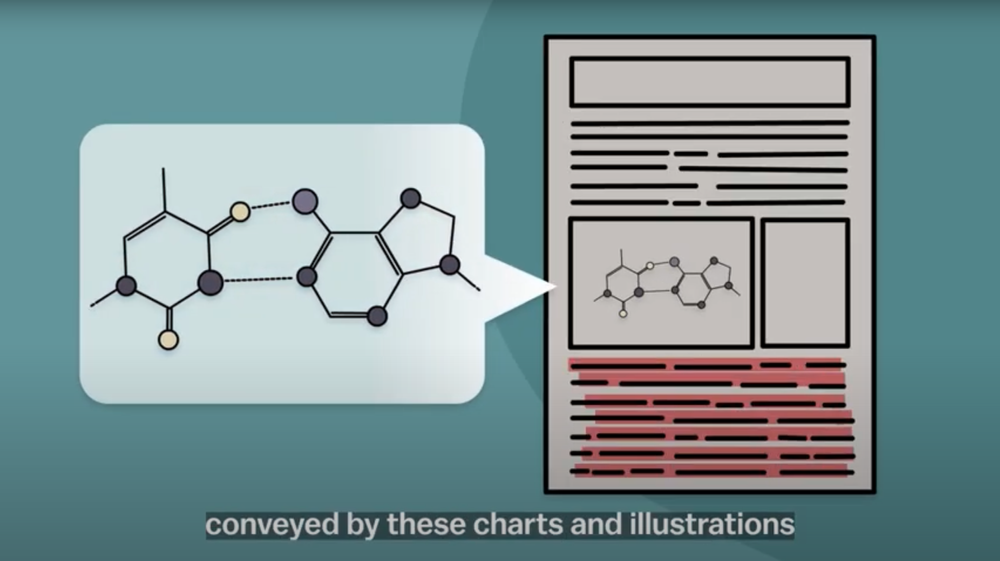
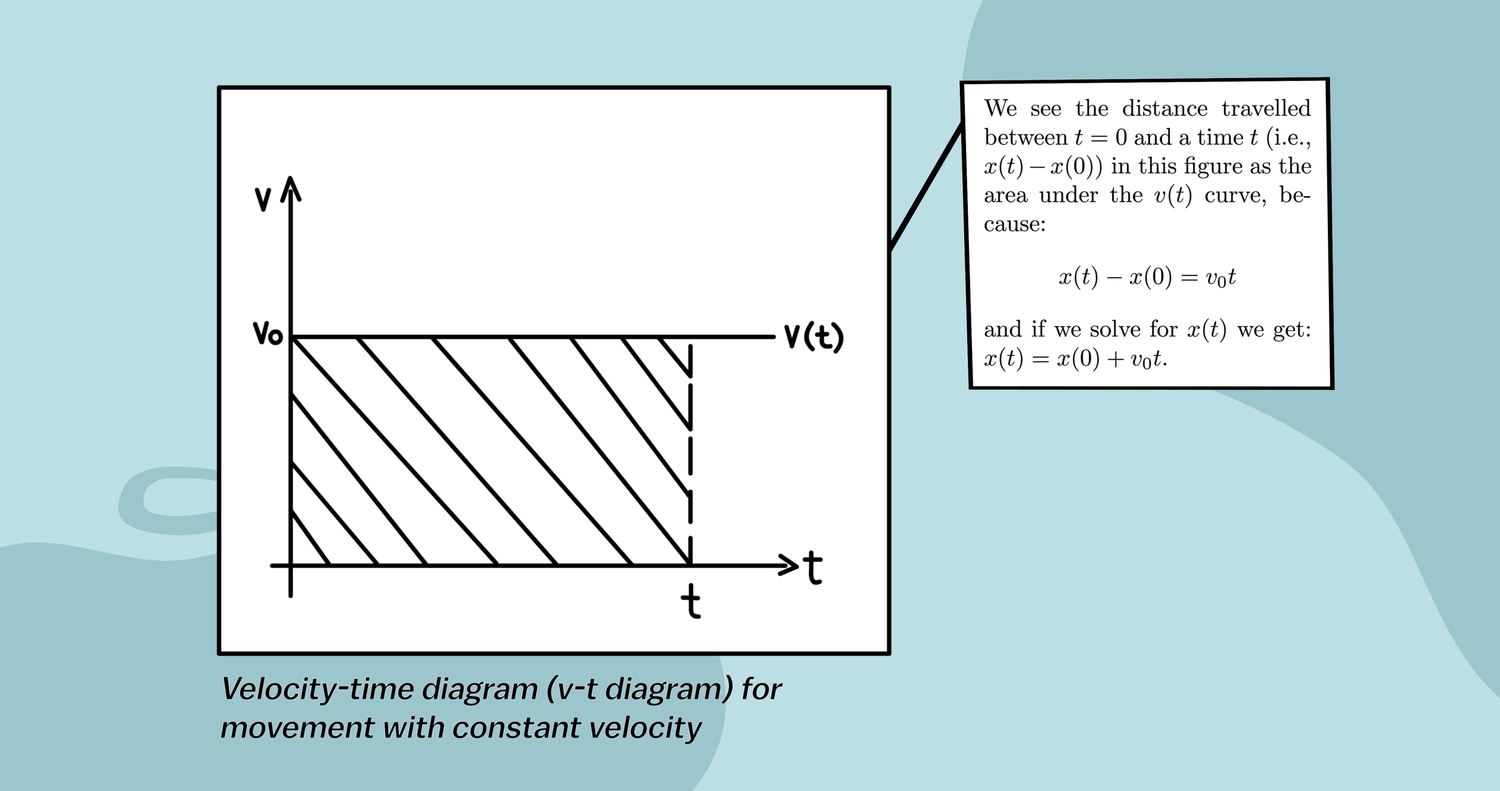
People involved
Project Type:
Part of the internal ETH accessibility campaign “Accessible learning and teaching materials”
Content Experts:
Dame Sarah Springman
Dr. Helene Haker
Dr. Jackie Leach Scully
Shadi-Abdou-Zahra
Prof. em. Michael Hudson
Project Lead E-Accessbility:
of teaching materials
Dr. Anton Bolfing
Project Lead MML Team:
Dr. Jeanine Reutemann
Judith Rehmann M.A.
Script Development:
Dr. Anton Bolfing
Judith Rehmann M.A.
Dr. Anna Garry
Voice Over:
Justine Harris
Camera:
Dr. Jeanine Reutemann
Art, Character Design & Animation:
Estelle Gattlen
Hannes Oehen
Motion Typography:
Jane Gebel M.A.
Postproduction & Sounddesign:
Dr. Jeanine Reutemann
Backstopping:
Dr. Gerd Kortemeyer
Neurodiversity in Higher Education
In this video, the companion takes us on a journey to better understand the concept of neurodiversity. Neurodiversity – the term originates from the autism-rights movement in the 1990s and includes everyone – both neurodivergent and neurotypical people. The concept focuses on the fact that there are many ways of thinking and learning. It helps reduce stigma about those differences while highlighting the strengths of the neurodiverse individuals instead of their challenges – something our societies and education systems often fail to do. But what are the strenghts and potentials for academia? People who perceive things differently are crucial for progress. When 99 neurologically similar people cannot solve a problem, it often is the one who is slightly different who holds the answer. That is why seeking out neurodiverse talents in academia pays off!
Production Process
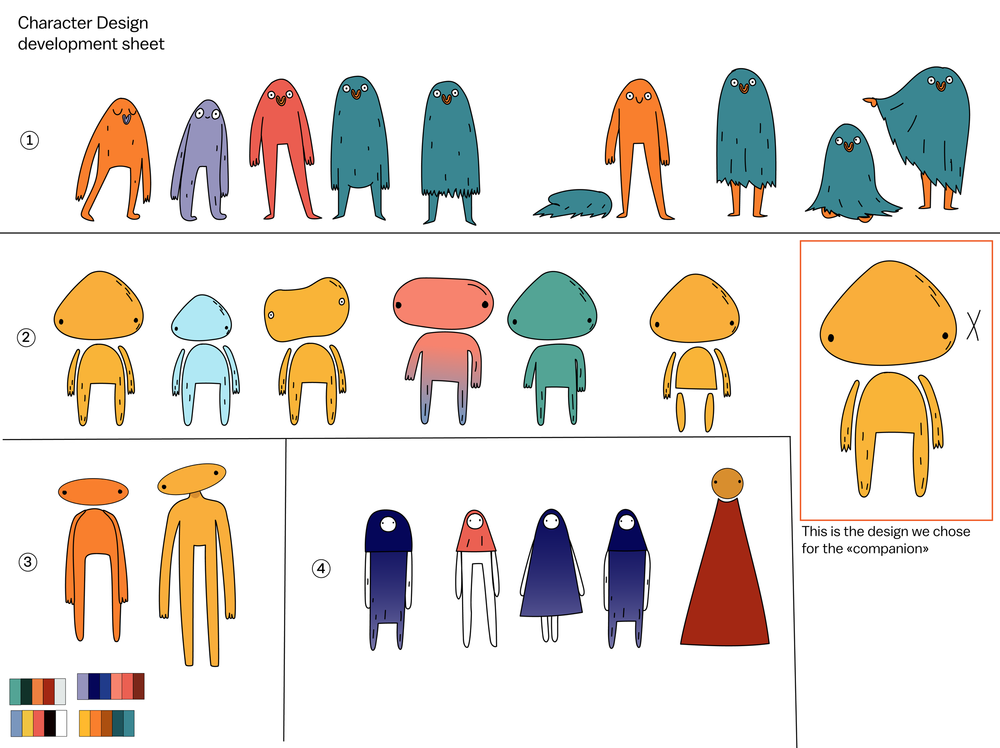

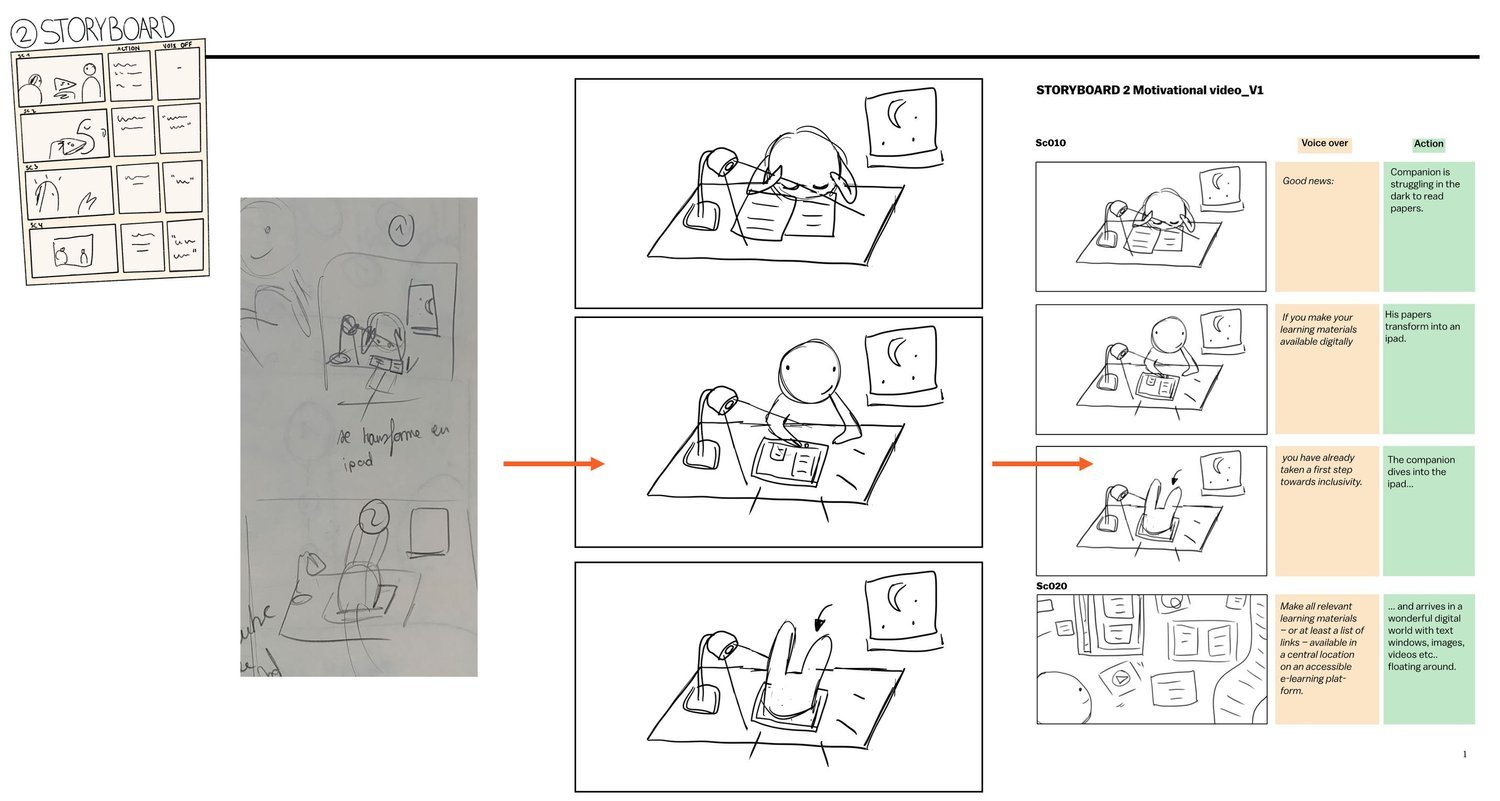
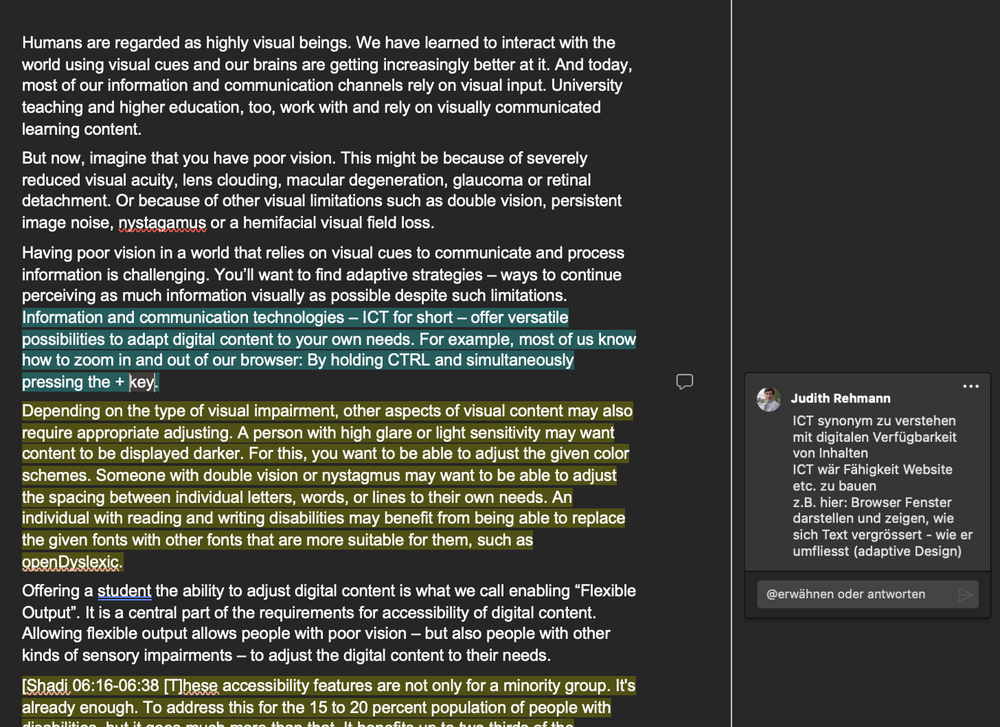
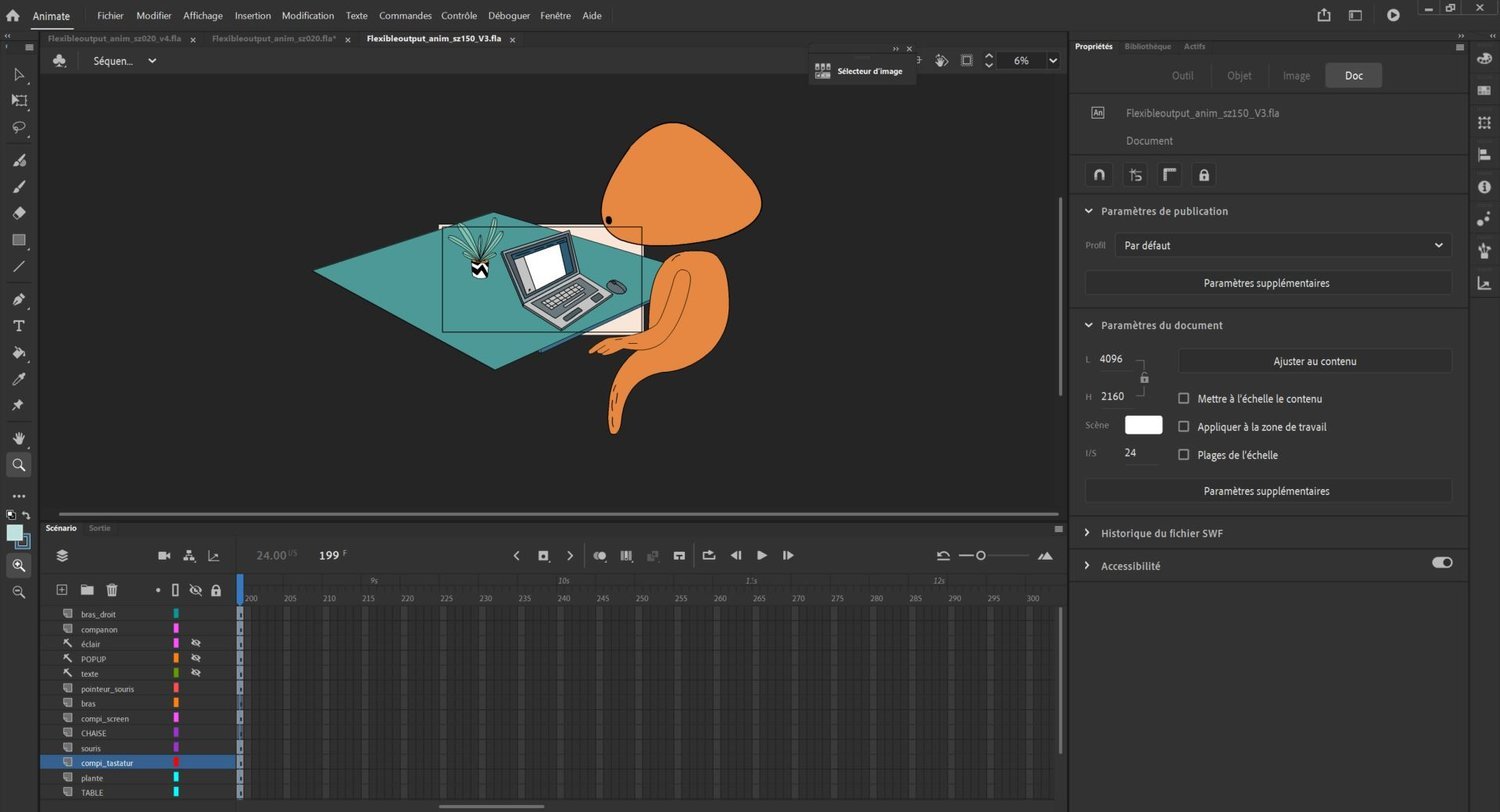
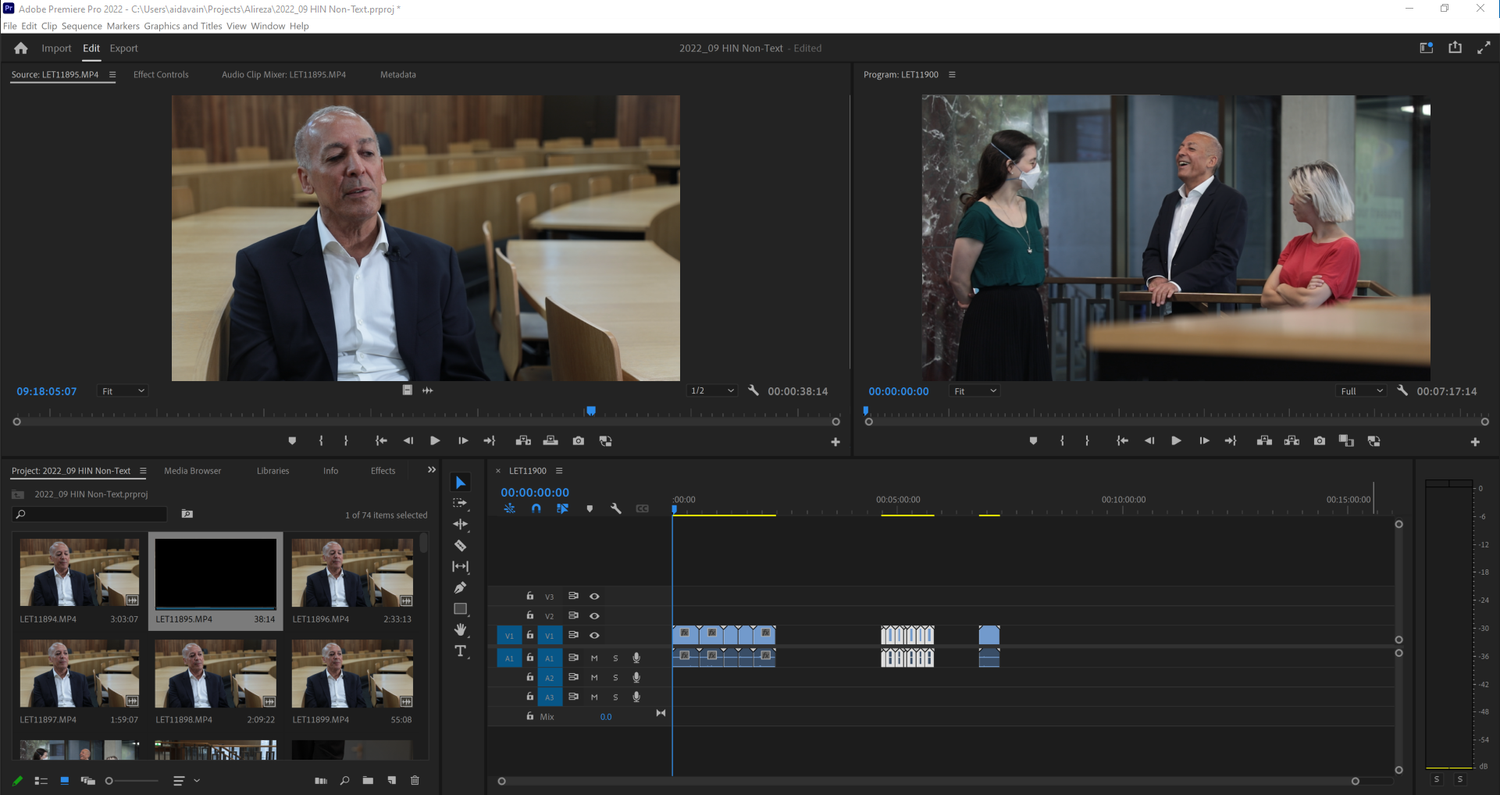
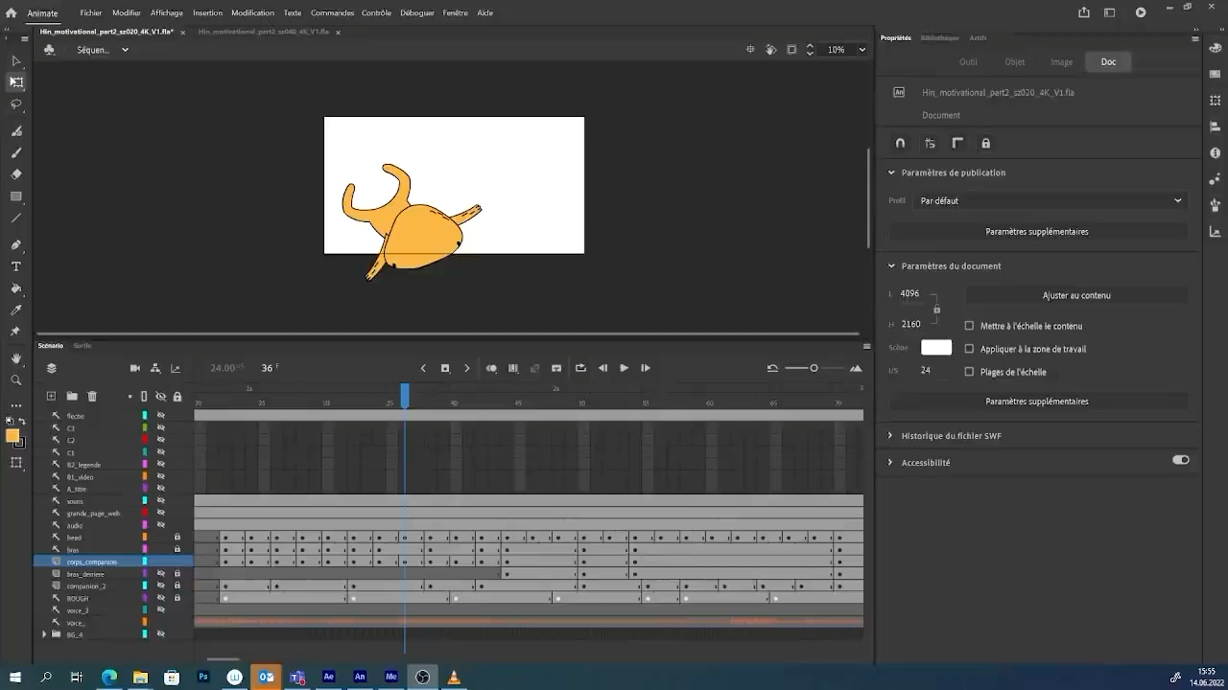


People involved
Project Type:
Collaboration between ETH, UZH, and ZHAW
Content Experts:
Dr. Helene Haker
Project Lead MML Team:
Judith Rehmann M.A.
Dr. Jeanine Reutemann
Introduction Logo:
Carlo Roman Picaso M.A.
Script Development:
Judith Rehmann M.A.
Dr. Jeanine Reutemann
Dr. Anton Bolfing
Dr. Anna Garry
Voice Over:
Justine Harris
Postproduction & Sounddesign:
Dr. Jeanine Reutemann
Carlo Roman Picaso M.A.
Backstopping:
Dr. Gerd Kortemeyer
Thank you to:
Olivia Heinzer UZH
Prof. Dr. Alireza Darvishy
Prof. Dr. Rolf Sethe
Oriane Pierrès M.A.
Juliet Manning M.A.
Comics
People involved
Project Type:
Part of the internal ETH accessibility campaign “Accessible learning and teaching materials”
Content Expert:
Dr. Anton Bolfing
Comic Texts and Stories:
Dr. Anton Bolfing
Judith Rehmann M.A.
Dr. Jeanine Reutemann
Estelle Gattlen
Carlo Roman Picaso M.A.
Comic Illustration:
Sarah Rothenberger
Live-Action Videos
A cooperation of the LET EduMedia Team ETHZ with the University of Zurich and the ZHAW.
People involved
Project Type:
Collaboration between ETH, UZH, and ZHAW
Content Experts:
Prof. Alireza Darvishy
Project Lead External:
Prof. Alireza Darvishy
Prof. Rolf Sethe
Dr. Gerd Kortemeyer
Project Lead MML Team:
Daniela Seiler MSc. ETH
Script Development:
Prof. Alireza Darvishy
Prof. Rolf Sethe
Daniela Seiler MSc. ETH
Dr. Anna Garry
Voice Over:
Justine Harris
Camera:
Ave-Lii IDavain
Kateryna Makarenko
Art, Visual Design & Animation:
Hannes Oehen
Postproduction & Sounddesign:
Carlo Roman Picaso M.A.
Backstopping:
Dr. Anton Bolfing
Dr. Gerd Kortemeyer
Dr. Jeanine Reutemann










